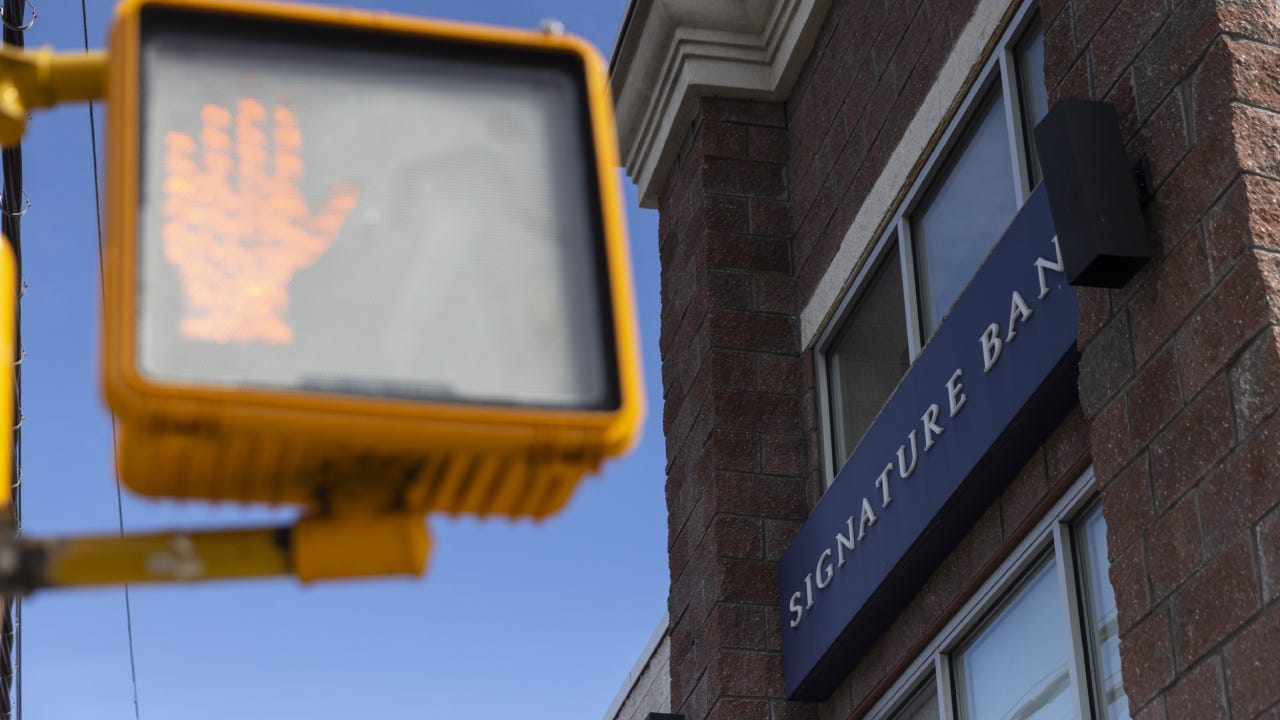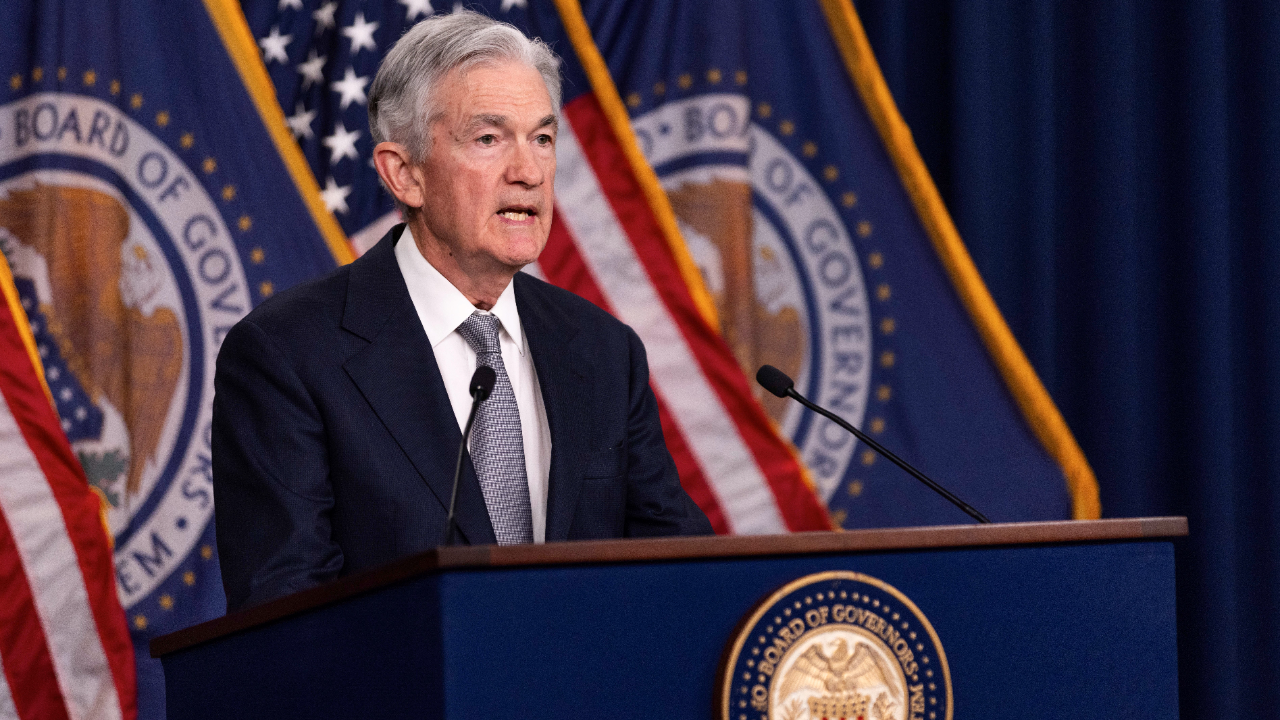FDIC: Signature Bank failed due to mismanagement, unrestrained growth

The Federal Deposit Insurance Corp. (FDIC) released an internal review evaluating the FDIC’s 2017-2023 supervision of Signature Bank. The report was prepared by Marshall Gentry, the FDIC’s chief risk officer.
The root cause of Signature Bank’s failure was poor management, according to an FDIC press release issued today. The bank pursued rapid, unrestrained growth without performing adequate risk management, the press release stated. Signature Bank didn’t have and maintain sufficient controls and risk management practices for a bank of its size, according to the FDIC.
“It clearly identifies the root cause of SBNY’s failure as poor management,” Martin J. Gruenberg, chairman of the FDIC Board of Directors, said in a statement. “It also identifies areas where the FDIC’s supervisory efforts could have been more timely, forward-looking and forceful.”
The bank runs at Silvergate and Silicon Valley Bank played a factor in Signature Bank’s liquidity issues, according to the report.
It also mentions that Signature Bank didn’t understand how being involved with the cryptocurrency industry made it vulnerable to contagion. The bank also overelied on uninsured deposits and didn’t have fundamental liquidity risk management controls and practices, according to the report.
Signature Bank is one of the largest failures ever
Silicon Valley Bank failed on Friday, March 10, and Signature Bank failed on Sunday, March 12. A little more than a week later, on March 20, Signature Bank started operating as New York Community Bancorp’s Flagstar Bank, according to the FDIC. Silicon Valley Bank and Signature Bank are the second and third largest bank failures in U.S. history. These were the first bank failures since October 2020.
The FDIC was monitoring Signature Bank, but its communication wasn’t always timely
The FDIC conducted targeted reviews of Signature Bank and was monitoring the bank, according to its release Friday. It also issued 36 supervisory letters to the bank and five roll-up reports of examination (ROEs) starting in 2017.
The FDIC didn’t communicate Signature Bank’s examination results in a timely manner, according to the FDIC’s report on its supervision of Signature Bank. Often, the supervisory letters exceeded the timelines that these results should be communicated.
In the report, the FDIC says staffing played a factor in the timeliness and quality of these examinations. The FDIC’s New York regional office experienced a significant amount of turnover, according to the report.
Bank failures happen in most years
Former FDIC chairman Jelena McWilliams said in December 2019, “It is normal – and indeed expected – for some banks to fail, and our job at the FDIC is to protect depositors and ensure that banks can fail in an orderly manner.” While the second and third largest bank failures ever aren’t exactly normal, more often than not at least one bank failure will happen in a year.
There are only five years without bank failures: 2005, 2006, 2018, 2021, 2022. There are six years if you count 1962, a year when an FDIC-insured bank failed but no disbursement was made by the FDIC. The FDIC has called 1962 the first full year with no bank failure.
Between 2001 and 2022, at least three bank failures took place during each year in which any failures occurred.
What you can do to prepare for the next bank failure
Make sure your money is at an FDIC-insured bank, and that you’re following the FDIC’s rules.
The FDIC’s standard deposit insurance coverage limit is $250,000 per depositor, per FDIC-insured bank, per ownership category. You can use the FDIC’s BankFind Suite to make sure your bank is FDIC insured. You can also use EDIE, the FDIC’s Electronic Deposit Insurance Estimator, to calculate your FDIC coverage. The FDIC also provides a phone number that you can call, at FDIC.gov.






